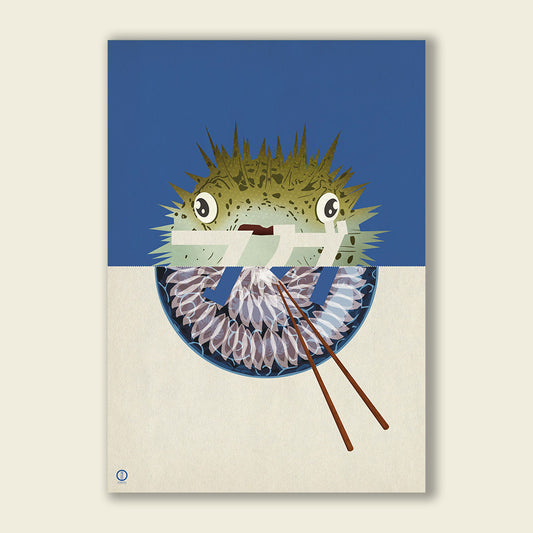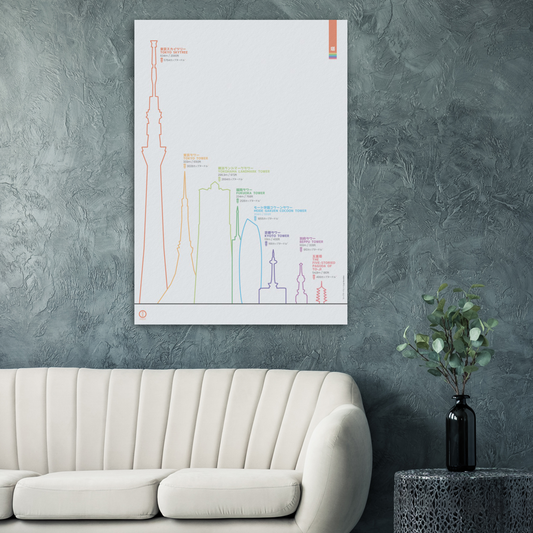Comprendre le keigo : pourquoi la politesse en japonais ne se résume pas à être poli
Share
Si vous avez déjà étudié le japonais — ou même simplement regardé un peu d’anime — vous avez probablement entendu parler du “langage poli”. Mais keigo (敬語), ce n’est pas juste “être gentil”. C’est un véritable système qui reflète les rôles sociaux, les relations humaines et la culture japonaise dans toute sa nuance. Et oui, ça peut sembler compliqué au début.
Dans cet article, on vous propose une petite introduction à ce qu’est le keigo, à quel moment il est utilisé, et comment il fonctionne. Ensuite, vous pourrez consulter nos articles détaillés sur chacune de ses formes principales :
- Sonkeigo (langage respectueux)
- Kenjougo (langage humble)
- Teineigo (langage poli)
Mais c’est quoi exactement, le keigo ?
Keigo signifie littéralement “langage respectueux”, mais il va bien au-delà de la simple formalité. C’est une manière d’exprimer du respect pour la position sociale de quelqu'un, ou de s’abaisser soi-même selon le contexte. C’est profondément culturel, et on le retrouve partout : du service client aux entretiens d’embauche.
Est-ce que je dois vraiment l’apprendre ?
Oui et non. Si vous débutez, vous pouvez vous concentrer sur le langage courant et les formes polies de base (comme です et ます). Mais si vous souhaitez vivre ou travailler au Japon, le keigo devient indispensable. C’est aussi un super moyen de mieux comprendre les valeurs que véhicule la langue japonaise.
Envie d’en savoir plus ?
On vous a préparé des pages dédiées pour explorer chaque type de keigo en détail :
- Qu’est-ce que le sonkeigo ? (langage respectueux)
- Qu’est-ce que le kenjougo ? (langage humble)
- Qu’est-ce que le teineigo ? (langage poli)










